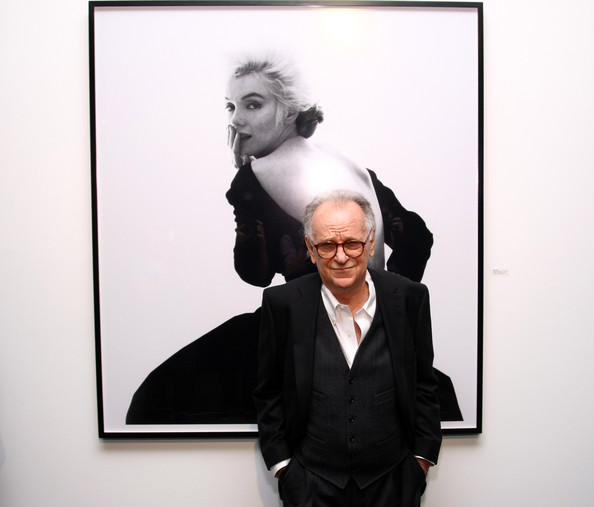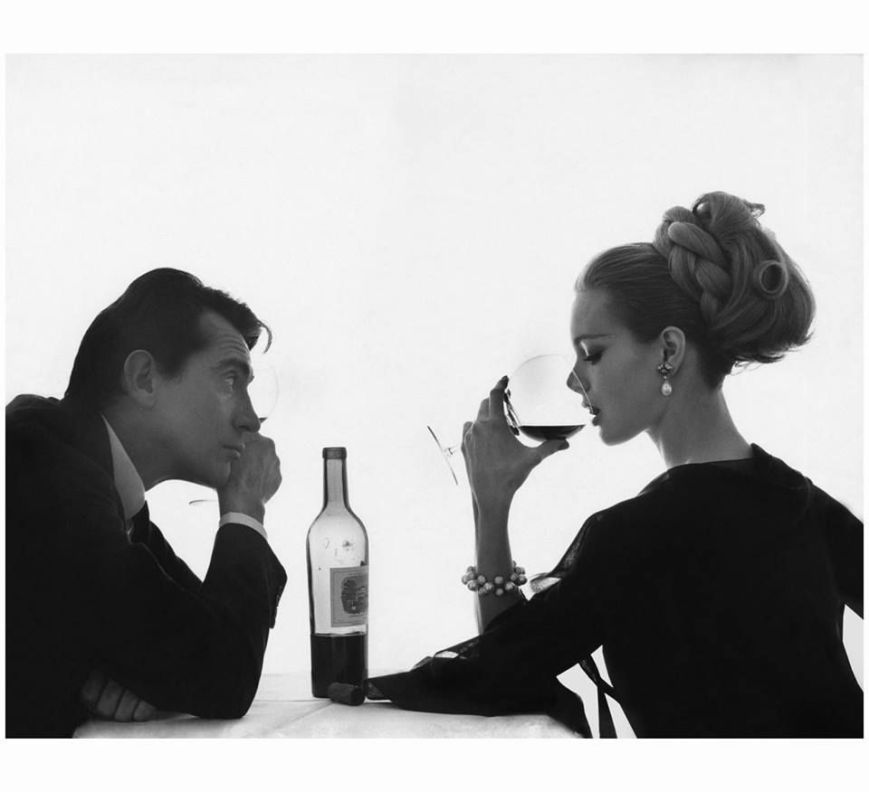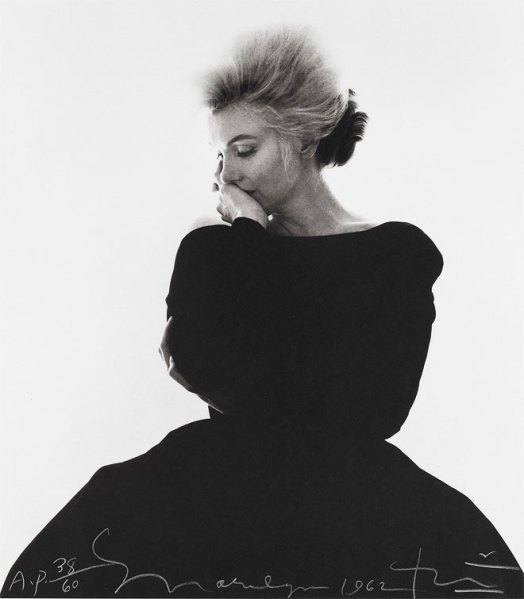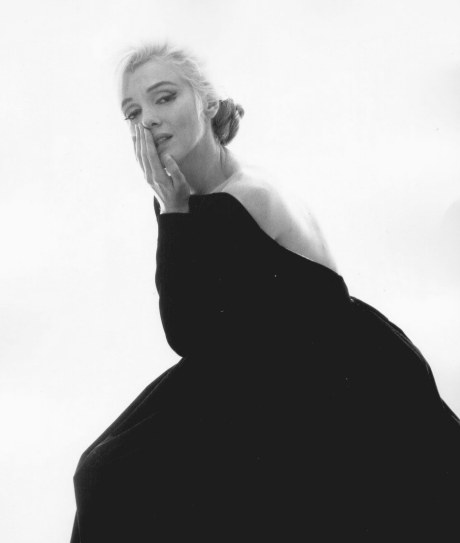
Bert Stern, fotógrafo comercial de élite que ayudó a redefinir la publicidad y el arte de la moda en la década de 1950 y 60, quizás mejor conocido por sus fotos dolorosamente crudas y conmovedoras de Marilyn Monroe, tomadas para la revista Vogue seis semanas antes de su muerte, murió el martes en su casa en Manhattan. Tenía 83 años.
Sus fotografías de Monroe, tomadas durante tres días en junio de 1962 en el Hotel Bel-Air en Los Angeles, se recogieron en un enorme libro de 2000, ‘Marilyn Monroe: The Complete Last Sitting’
“Fue una experiencia de solo-una-vez-en-la-vida, tener a Marilyn Monroe en una habitación de hotel”, dijo Stern en el documental de 2010 ‘Bert Stern: Original Madman’, “a pesar de que se convirtió en un estudio, donde yo podía hacer lo que quería.”
Muchas de las fotos mostraron a Monroe desnuda, o posando detrás de pañuelos transparentes. “Era tan hermosa en aquel momento,” dijo Stern a Newsday. “Yo no dije ‘posa desnuda’. Fue más como si una cosa lleva a otra: Te quitas y te quitas y te quitas y te quitas la ropa. Ella pensó por un momento. Yo diría algo y la pose vino sola por sí misma.”
Junto con Irving Penn, Richard Avedon y Mark Shaw, el Sr. Stern fue parte de una generación de fotógrafos que dejó claras y ordenadas imágenes del lenguaje de la publicidad de revistas de moda, hasta entonces se había utilizado principalmente fotografías para ilustrar el texto.
Pronto fue buscado por las revistas, anunciantes, estudios de Hollywood y diseñadores de moda, y su gama de temas creció para incluir a celebridades, estrellas de cine y productos comerciales – Audrey Hepburn, Gary Cooper, Truman Capote, Twiggy, Elizabeth Taylor, y por supuesto, Marilyn Monroe.
En varias entrevistas el Sr. Stern dijo que hacer fotografías había sido siempre su manera de ver a la gente, e incluso de relacionarse con ellos de una manera que no podría de otra forma.
Fue por eso que sus sujetos favoritos eran siempre modelos profesionales. “Modelos más que actrices”, decía. “Lo que hace a una modelo grande es su necesidad, el deseo, y es emocionante fotografiar el deseo.”
//
Bert Stern, an elite commercial photographer who helped redefine advertising and fashion art in the 1950s and ’60s but is perhaps best known for his painfully raw and poignant photos of Marilyn Monroe, taken for Vogue six weeks before her death, died on Tuesday at his home in Manhattan. He was 83.
His photographs of Monroe, taken over three days in June 1962 in the Hotel Bel-Air in Los Angeles, were collected in a mammoth 2000 book, ‘Marilyn Monroe: The Complete Last Sitting.’
“It was a one-time-in-a-lifetime experience, to have Marilyn Monroe in a hotel room”, Mr. Stern said in the 2010 documentary ‘Bert Stern: Original Madman’, “even though it was turned into a studio, where I could do anything I wanted.”
Many of the photos showed Monroe unclothed, or posing behind transparent scarves. “She was so beautiful at that time”, Mr. Stern told Newsday. “I didn’t say, ‘Pose nude.’ It was more one thing leading to another: You take clothes off and off and off and off and off. She thought for a while. I’d say something and the pose just led to itself.”
Along with Irving Penn, Richard Avedon and Mark Shaw, Mr. Stern was part of a generation of photographers who made clear, clutter-free, arresting images the language of glossy magazine advertising, which until then had mainly used pictures to illustrate text.
Soon he was sought after by magazines, advertisers, Hollywood studios and fashion designers, and his range of subjects grew to include celebrities, movie stars and commercial products — Audrey Hepburn, Gary Cooper, Truman Capote, Twiggy, Elizabeth Taylor, and of course, Marilyn Monroe.
In various interviews Mr. Stern said taking pictures had always been his way of seeing people, and even of relating to them in ways he could not otherwise.
It was why his favorite subject was always professional models. “Models more than actresses”, he said. “What makes a great model is her need, her desire; and it’s exciting to photograph desire.”

Marilyn Monroe, by Bert Stern

(via: http://www.nytimes.com/)
Compartir esto // Share this:





 El fotógrafo Bert Stern tuvo una sesión de tres dias con Marilyn Monroe para la revista Vogue a final de Junio de 1962, seis semanas antes de su muerte. Estas sesiones dieron como resultado unas imágenes de Marilyn únicas y extraordinariamente bonitas. Algunas pueden verse aqui en este post.
El fotógrafo Bert Stern tuvo una sesión de tres dias con Marilyn Monroe para la revista Vogue a final de Junio de 1962, seis semanas antes de su muerte. Estas sesiones dieron como resultado unas imágenes de Marilyn únicas y extraordinariamente bonitas. Algunas pueden verse aqui en este post.






